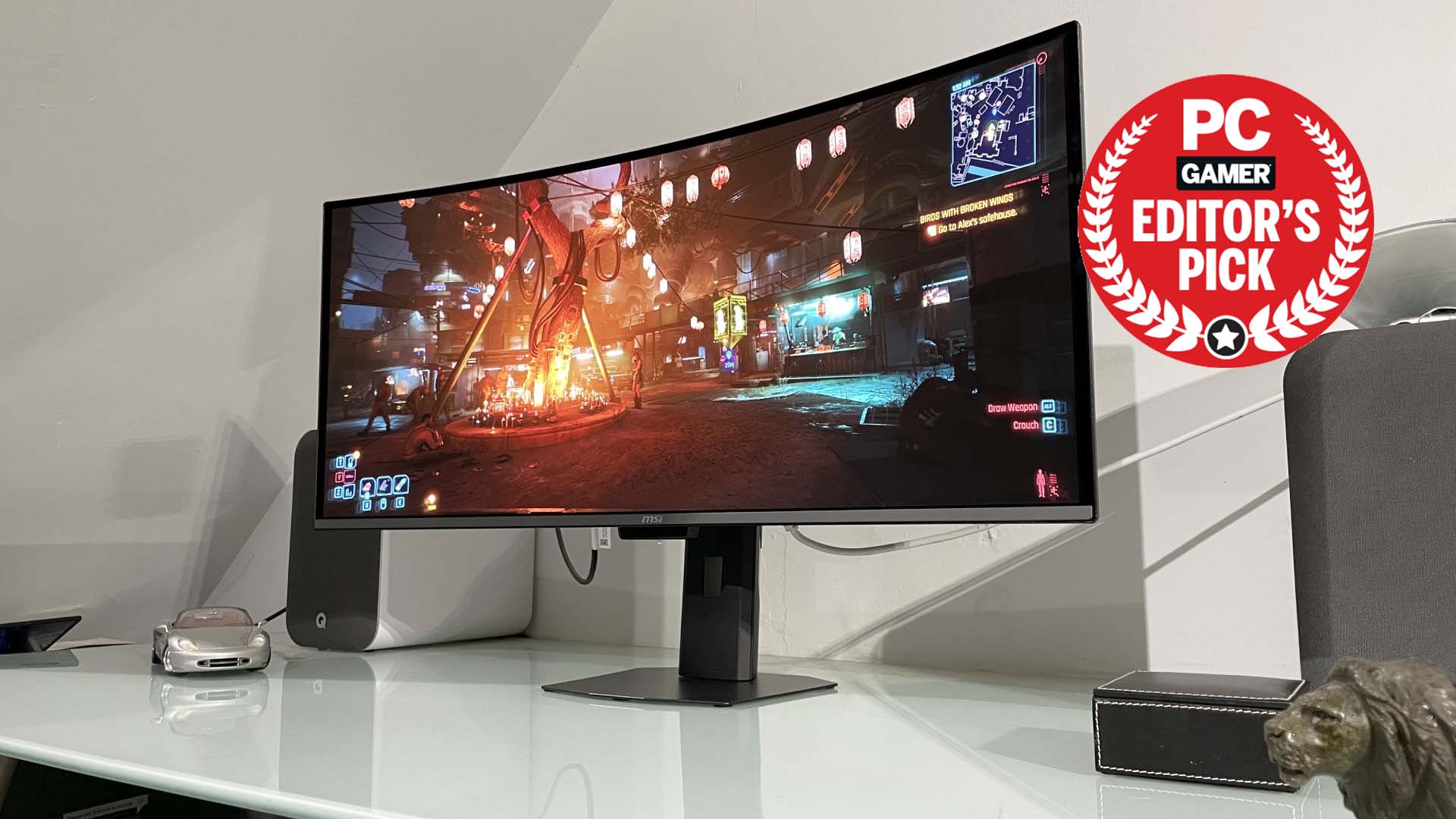Six things I wish I knew before playing Homefront: The Revolution
How to be a better resistance fighter.
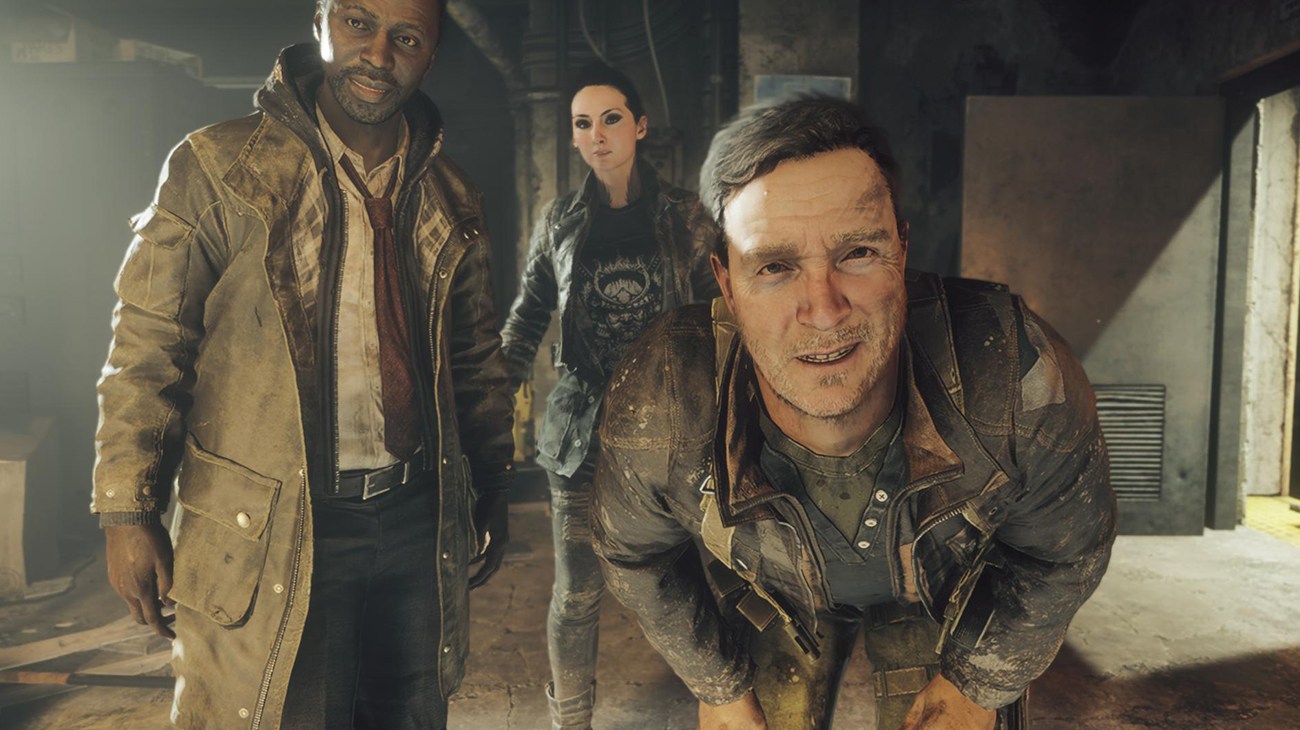
Our review of Homefront: The Revolution is still a work in-progress, but while I finish the campaign and sort out my thoughts, I have a few tips for anyone jumping in now. Homefront isn’t an especially difficult game, but there are ways to make it a little more fun by skipping over its more sluggish moments with the tactics and upgrades it allows. Here are six things you may not realize right away, but that will help you along if you’re struggling with any early missions.
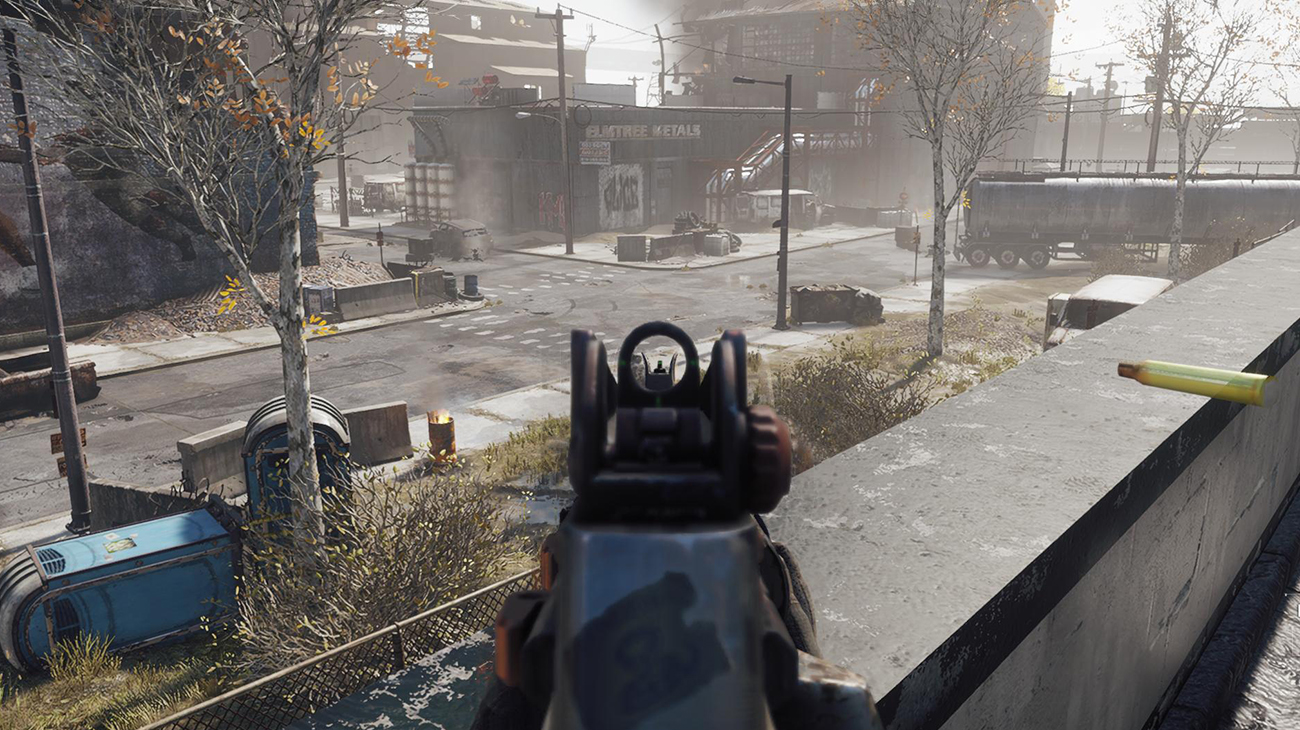
Just run
Red zones are off-limits to the public and heavily patrolled. Getting into an extended firefight with a squad of soldiers will just lead to disaster when an airship starts honking its fog horn and tanks roll in. So to get to objectives, you have a few options: drive a motorcycle as fast as you can, carefully sneak past each patrol, or just run.
I recommend the latter. The motorcycles are hard to control and likely to throw you off or get stuck in something. Carefully sneaking around is alright for a little while, but gets tedious when you realize how much of the red zones you have to traverse. Running is surprisingly effective. You’ll be spotted, probably multiple times, but if you just keep running you’ll probably get where you’re going mostly unharmed, with no one tailing you. To some degree, this is a flaw of Homefront, almost cheat-like and probably not the intended solution. But I’d rather be accomplishing missions than getting into long futile scraps on the way to each target.
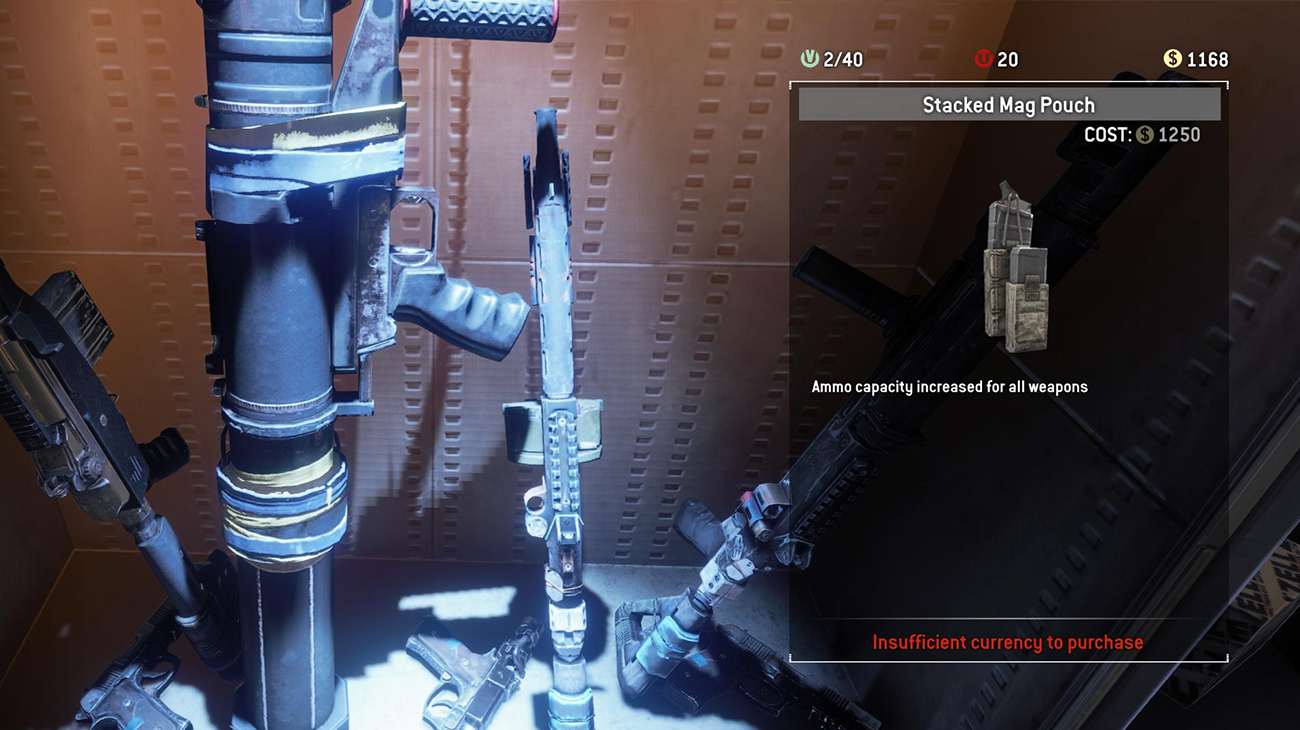
Get the stacked mag pouch
You can refill your ammo by visiting a store in one of your safehouses and then backing out (it’s slightly annoying that if it’s going to be so easy it isn’t just automatic), or by robbing corpses, and it’s fairly plentiful. Still, running out of ammo—especially for your often vital rocket launcher—in the middle of battle is a pain. It took me forever to finally buy the extra ammo packs available in the gear section of the store, but I should have made it an early priority. Definitely get it before worrying about RC car explosives—they just get stuck on rubble and are mostly useless.
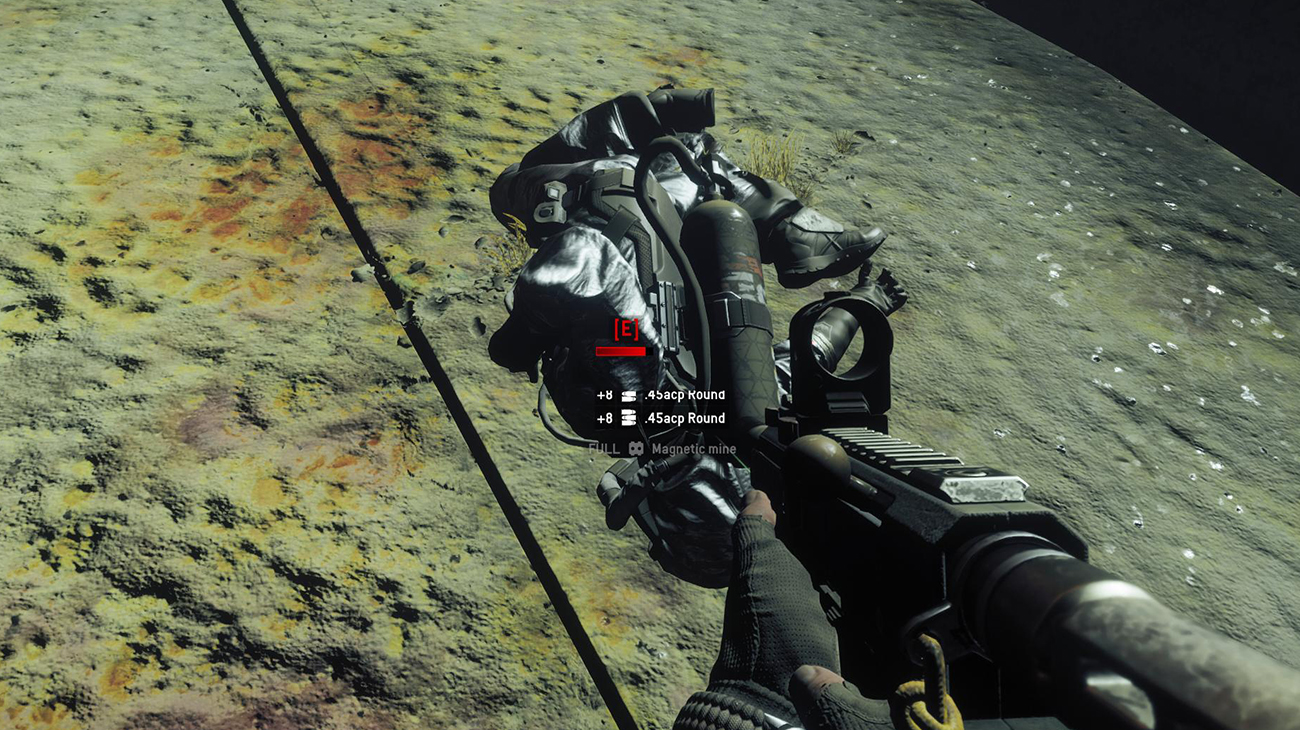
Skip an animation
This might be patched out by the time you’re reading it, but currently there’s an annoying little issue when looting a corpse. Ammo and explosives are added to your inventory as you hold down the loot key, and there’s no animation. Let the looting progress bar fill up, though, and suddenly you jump into a disorienting hand grabbing motion before being allowed to stand up. If you stop pressing the key after the loot is collected but before the bar finishes, however, you can skip that animation all together and get back to cover. It’s a minor thing, but it does make a difference when you’re being shot at, so it’s worth getting used to ‘active looting.’
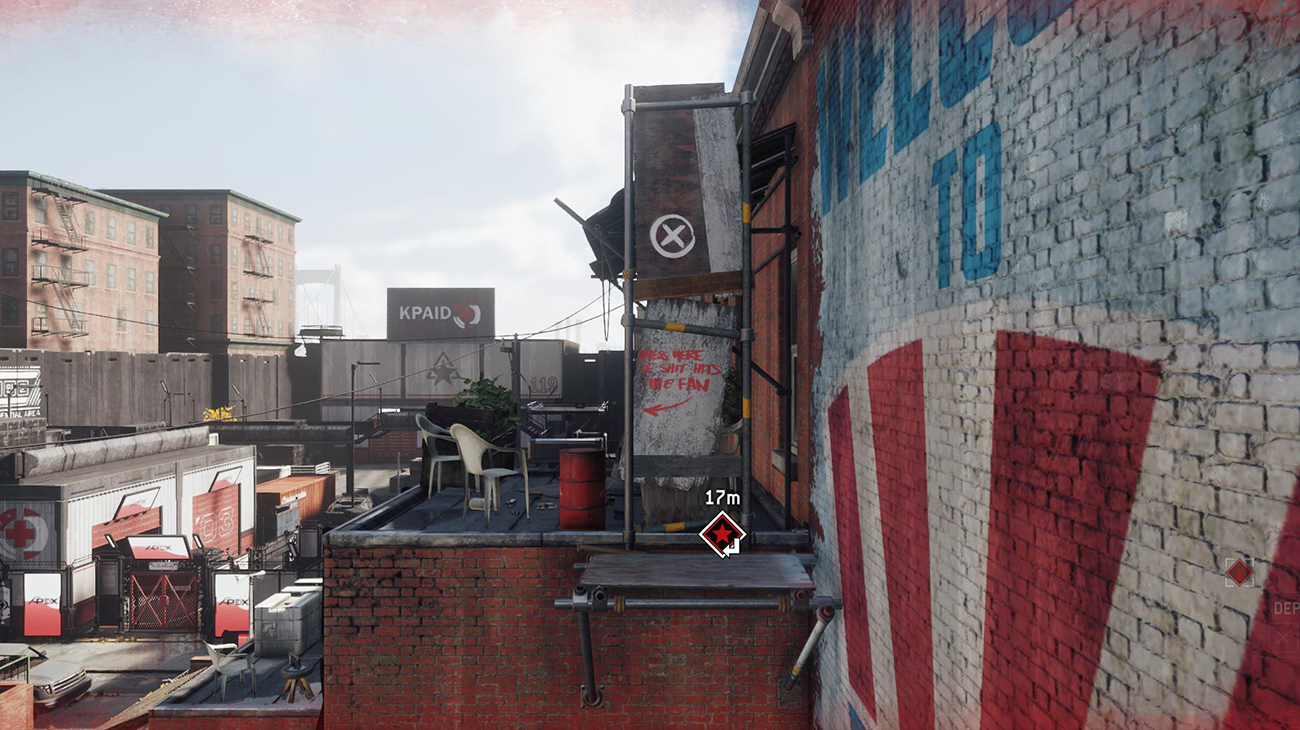
Try another building
Capturing safehouses is a big part of Homefront. They provide a new place to respawn, among other things, so it’s always a good idea to capture one near a difficult objective so you’re not running too far if you die. Most of the bases have some kind of simple entry puzzle, with blue paint splattered along the route. If you can’t figure out how to get into a building, or get up to the next floor, there’s a good chance you have to go to a building next to it. A lot these infiltrations require scurrying around exterior scaffolding and through windows.
You’ll sometimes have to shoot something—locks keeping a makeshift drawbridge upright, for instance—and it isn’t always obvious, so keep that in mind. And make sure you don’t leave home without some hack tools, or the ingredients to make them, because you’ll occasionally need them. Now if only the resistance would stop spray painting anti-occupier graffiti on their safehouses, they might not get raided so much. You can’t teach them that, I’m afraid.
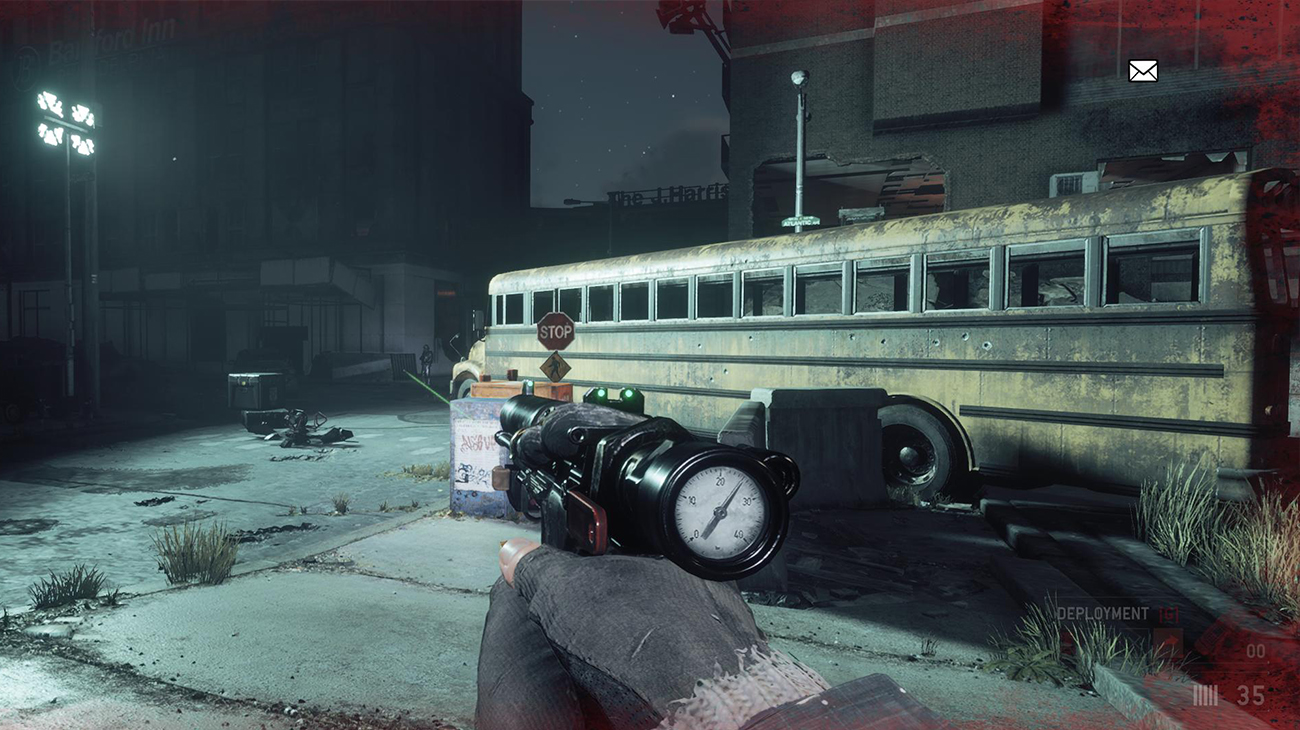
The pneumatic pistol is cool...
But it isn’t really necessary. Homefront has just a handful of weapons (actually ‘modifications’ of a couple base guns), and there’s nothing really exciting about any of them. The pneumatic pistol is the most interesting: it uses compressed air, which can be charged up, for silent kills. But I only used it once before switching back to the SMG as my secondary. If you want to take a stealthier approach to Homefront, it might be useful, but it’s unwieldy (it shakes the more you charge the air) and it’s not often you run into a lone soldier to take out. In those instances, you can just as easily use melee takedowns.
For your primary weapon, I recommend the marksman rifle. I like sniping, but it’s not just that: fully upgraded it makes quick work of bullet sponge heavies, and keeps you at a safe distance. There’s not much in the way of ballistics modeling (I haven’t noticed any bullet drop), which I find disappointing, but its power and accuracy has made it the gun I use most.
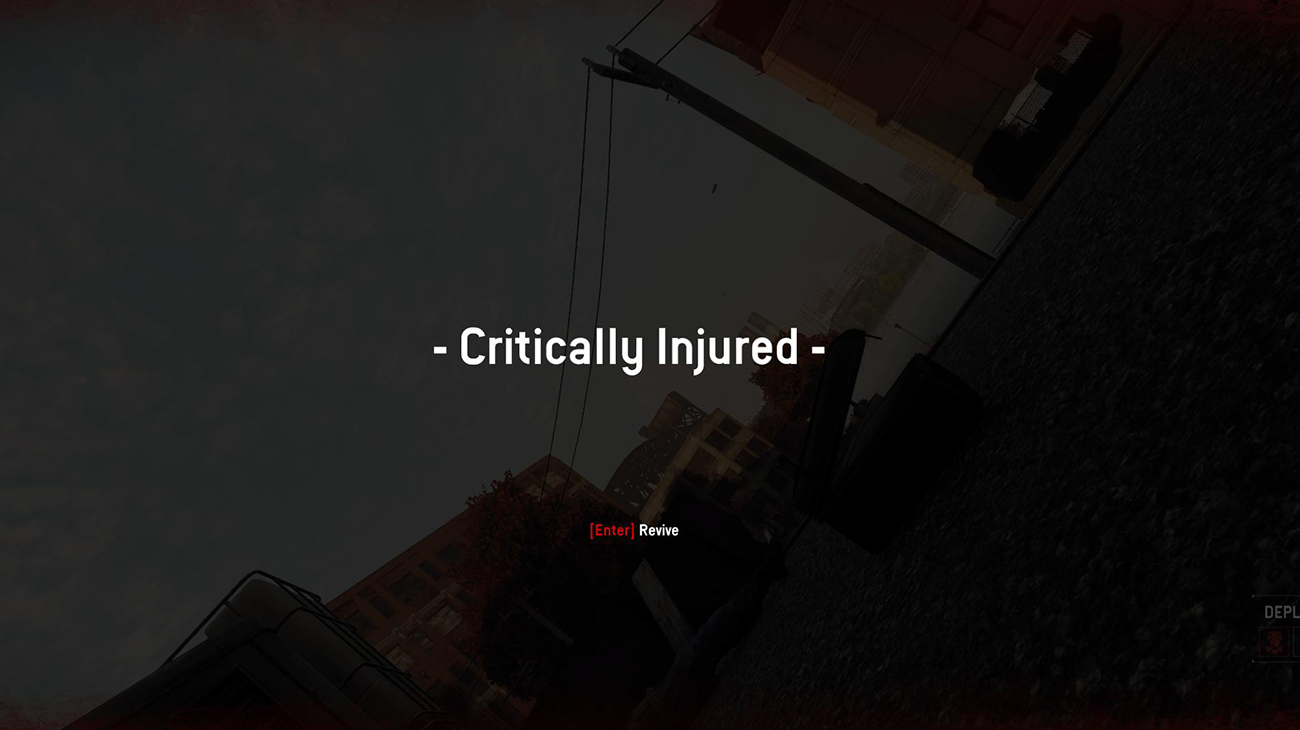
Death doesn’t matter
I was a timid resistance soldier early on, because Homefront warned me so much about being spotted by guards. But dying, it turns out, doesn’t really matter. All you lose are some valuables you looted, which could’ve been turned in at stores for cash, but I never needed to worry about that. You get plenty of cash from missions.
If you want to stay safe and go for a run with as few deaths as possible, I think that could be fun, but if you just want to get into firefights and actually use the guns you’re given, go nuts. You don’t lose any progress on your current tasks if you die, so if you have to, say, destroy six objectives, you can die after two and still only have four left.
I’m still debating myself over how good or bad the freedom to fail is. On one side, when death doesn’t matter, there’s little to motivate smart play outside of the player’s own will. On the other, if death is onerous but not very instructional—and you don’t learn a whole lot from dying in Homefront, other than to be more careful next time—it’d just be tiresome. I’ll have more to say about all that in my review later this week.

Tyler grew up in Silicon Valley during the '80s and '90s, playing games like Zork and Arkanoid on early PCs. He was later captivated by Myst, SimCity, Civilization, Command & Conquer, all the shooters they call "boomer shooters" now, and PS1 classic Bushido Blade (that's right: he had Bleem!). Tyler joined PC Gamer in 2011, and today he's focused on the site's news coverage. His hobbies include amateur boxing and adding to his 1,200-plus hours in Rocket League.

